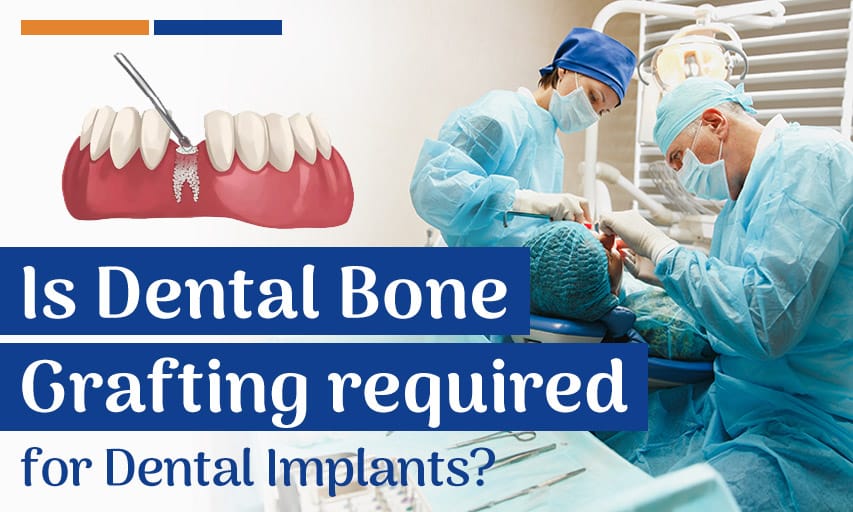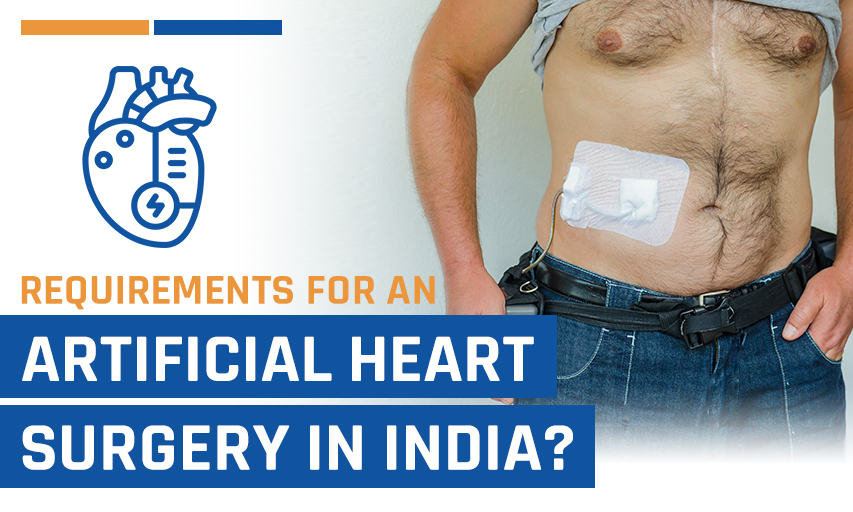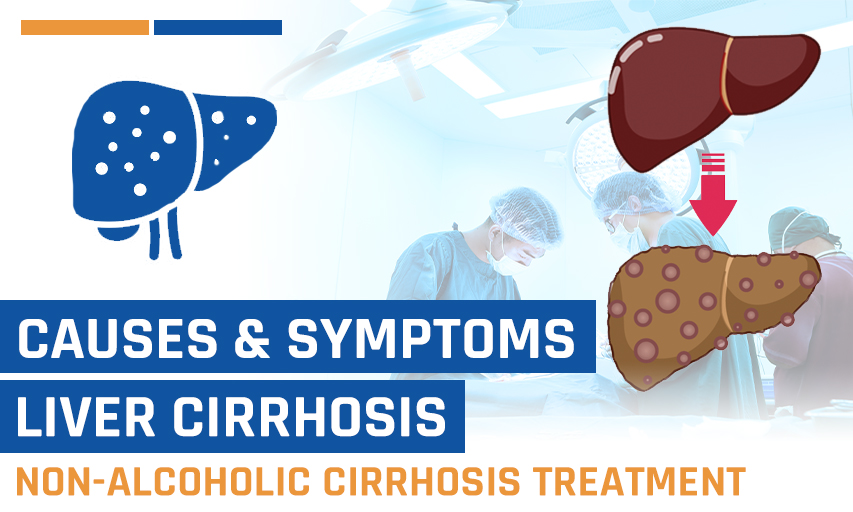Why is Dental Bone Grafting required for Dental Implants?
A full mouth dental implant is an excellent, safe, and long-term treatment for someone in good general health who loses a tooth due to periodontal disease, trauma, or another illness. An accredited dental implant surgeon inserts a dental implant, an artificial tooth root, into the jaw to support a bridge or replacement tooth. The implants feel, function, and appear as natural teeth after surgery. Implants can also assist in saving other teeth because they don't rely on surrounding teeth for support. When placing a dental implant, dental bone grafting could be required as a step in the procedure.
Dental implant restoration is a crucial routine procedure to restore missing teeth, improve function, and improve aesthetics. Dental professionals are well-versed in implant hardware design and placement for the best clinical outcomes. This is different when it comes to comprehending the requirements for the practices involved in bone grafting, which form the basis of implant treatment.
What Is Dental Bone Grafting and Why is it Needed?
An open socket is left inside the bone where the tooth was formerly supported during an extraction. The bone does not develop to fill in the gap that is left behind while the soft tissues surrounding the surgical site mend and close over it.
Like other tooth loss scenarios, bone near the extraction site tends to resorb (shrink), reducing the amount of bone available to support neighboring teeth. As the jaw gets smaller, facial profiles can also alter, seeming more sunken.
The bone support left for the bone graft for dental implants that will replace your lost tooth is just as important as the aesthetic and support of the surrounding teeth. With adequate bone, your new restoration will stay in place.
Bone grafts, frequently done concurrently with tooth extractions, insert fresh bone into the empty socket immediately. The extraction site is then covered up, and the bone transplant is given time to absorb; during this period, the new bone begins to grow and replace the gap left by the extraction site. Your dental implants can be implanted once the new bone has become sufficiently dense.
What Happens During a Bone Grafting Process?
The socket graft is the most popular type of dental bone grafting. To access the alveolar bone, the dentist must create a gum incision. Sedatives are used in addition to local anesthesia to lessen any discomfort. The surgeon will do a bone graft procedure by taking a piece of bone from another part of your body or, more frequently currently, using a specialized bone grafting substance and grafting it onto your jawbone. After that, you will have to wait—probably for a few months—while the graft produces enough new, sturdy bone to guarantee that the implant will be secure and stable.
Your bone implant for dental implants specialist will make the final decision. Still, if you only require a modest graft, the treatment can be done simultaneously with the implant surgery. If a bone graft procedure is effective, your jawbone can support your dental implants.
The remainder of the implant procedure can start after the bone transplant. As with any surgical operation, it's crucial to go over with your dental professional your unique medical background and all the advantages and disadvantages of the surgery. You can anticipate a completely new smile after your doctor determines you are a good candidate for a bone graft for dental implants.
Advantages of Bone Grafting
Your dental and general health will benefit significantly from bone grafting. These advantages consist of the following:
1) Rebuild and Repair a Weak Jawbone -
Restoring the structure of your jawbone to its original state is the main advantage of bone grafting. The main contributors to jawbone deterioration include periodontal disease, dental trauma, and missing teeth.
2) Supports Your Teeth and Gums -
Strong bones keep your teeth and gums in place, preventing dental problems, including gum disease and tooth loss.
3) Maintains Face Structure -
By repairing your jawbone with dental bone grafting, your facial muscles are preserved and lifted. This avoids wrinkles, thinning lips, facial drooping, and early aging. An attractive, healthy, and natural smile is the result. This can significantly raise a patient's sense of worth and self-confidence.
4) Supports Dental Bridges and Implants -
Bone grafting can also support bridges, crowns, dentures, and other types of dental restorations. Dentists employ bone transplants to regenerate enough bone to secure the prosthetic teeth construction. This guarantees that these dental devices perform as intended without slipping, malfunctioning, or falling off.
5) Saves Your Teeth -
You might require bone grafting to treat dental issues like severe gum disease, tumors, infections, and sinus deficits. These ailments might cause bone loss, which will cause your teeth and gums to deteriorate. Your teeth are saved with bone grafts, which repair the surrounding bone.
Is Bone Grafting Something I might Need?
You might need bone grafting for various medical conditions to enhance bone repair and growth. One or more of the following conditions may necessitate a bone graft:
- An initial fracture that a graft is thought to be necessary for healing
- A broken bone that didn't heal properly after not having a graft previously treated for it
- Bone-related illnesses, including osteonecrosis and malignancy
- Having an unstable spine may necessitate spinal fusion surgery.
- To restore missing teeth, dental implant surgery may be necessary.
- Surgically implanted grafts aid in promoting bone formation surrounding the structure, such as in total knee replacement.
What Happens Following a Dental Bone Graft?
You can have mild swelling, discomfort, and slight bruising after a dental bone graft. These are some common side effects that should disappear soon. Painkillers can be used to treat symptoms. Your orthodontist or dentist might also prescribe some antibiotics to quicken the healing process.
For the first few days, you might sense tiny pieces of bone erupting from the wound. These fragments commonly resemble salt or sand granules. Consult your dentist to ensure your healing process is going as expected.
How Long is the Dental Bone Graft Healing Process?
The complete healing process for a bone graft for dental implants can take three to nine months and possibly longer, even though you'll probably feel better in a week or two. The type of graft, the area where the graft was placed, and your body's ability to heal affect how long it takes to recover.
CureIndia assists you in choosing a dental implantologist to save cost for dental implants. If you want to choose dental tourism, India is the best choice because it provides you with quality treatment at savings. Also, you can visit many popular places and enjoy a colorful trip in India.




















Be First To Comment
Leave a Comment